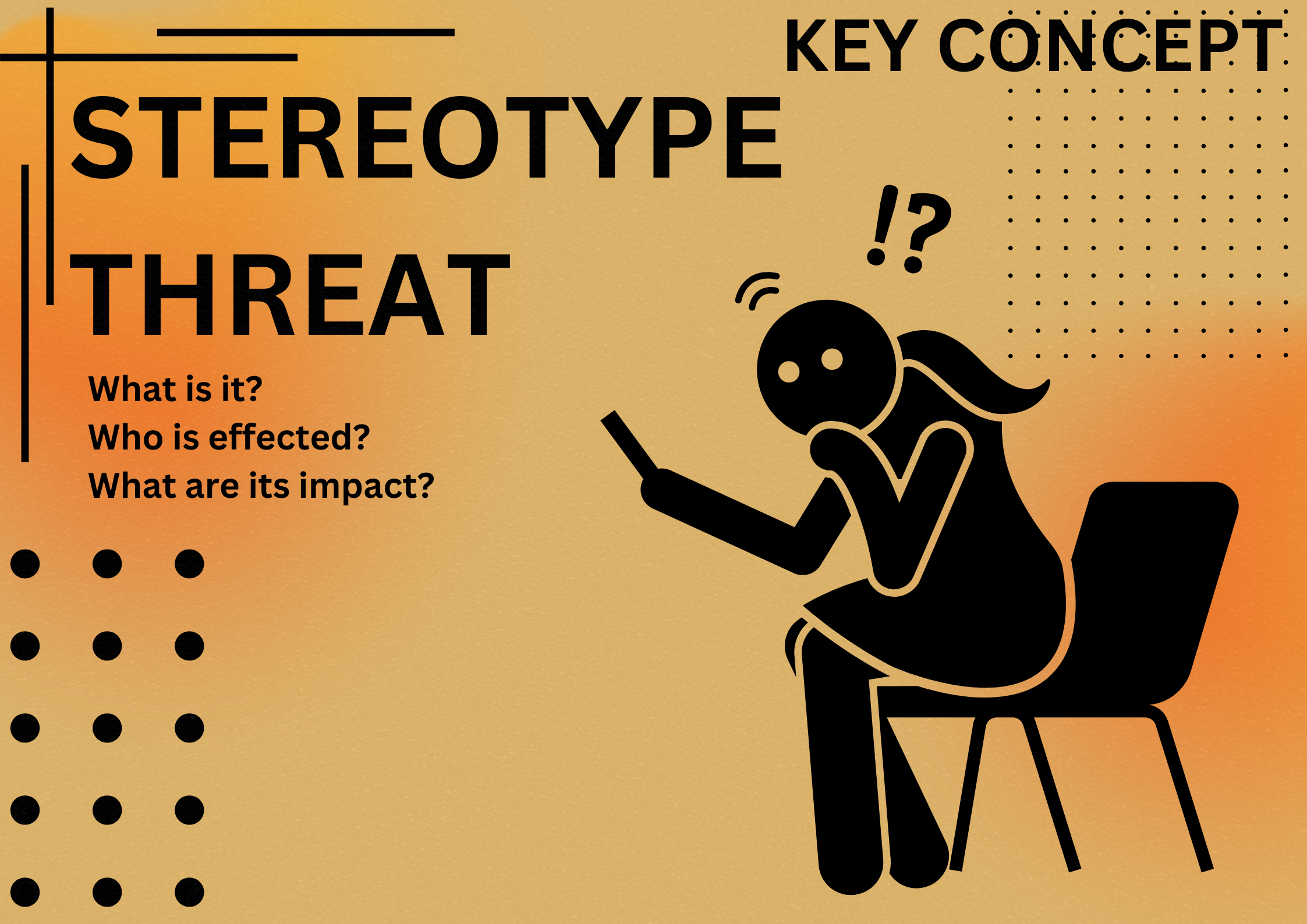What is it and who does it affect?
Claude Steele, former dean of Stanford University coined the term “stereotype threat” as the anxiety experience of when “a person has the potential to conform to a negative stereotype about his or her social group, whether that is race, gender, socioeconomic class, or any other aspect of identity.”
Reduced Performance:By persistently having their guard up, an individual’s focus will be negatively impacted, causing them to underperform. With attention and energy split between work and the active avoidance of behaviours that may conform to stereotypes, this mental strain inhibits an individual’s true potential. Thus, reducing their performance and career advancement opportunities.
The constant pressure to tread carefully can bring on additional levels of stress, anxiety, and self-doubt that peers who do not have stereotype threat are burdened with. Ultimately, this will lead to more people feeling burnt out, disengaged, or helpless.
Reinforcing Negative Stereotypes:Constantly being on guard to avoid conforming to a representation of your own group can also lead to internalised racism or sexism. They may begin to believe the stereotypes or that the group they belong to is inherently inferior.
Ironically, sometimes when individuals are too anxious about conforming to stereotypes, their behaviours might align with other stereotypes, further perpetuating the cycle of discrimination and bias.
Group Polarisation:Stereotype threat can also lead to greater in-group identification as a coping mechanism, where individuals become more aligned with their social group to buffer against the negative effects of the stereotype threat. This can lead to increased social division or a reduction in cross-group interactions.
Related Concepts
Related Reading
Reading ‘Women’s Progression in the Workplace’ will help to develop understanding around the career barriers women face, as well as ‘When Women Lead, Firms Win’.
Related Resources
ECC’s explainer on ‘Why there are so few women in leadership roles’ expands on the barriers facing women in progressing in their careers.
Click here to learn more about Women’s Development Programmes: 6 Lessons from Designing Women’s Development Programmes
Click here to learn more about Inclusive Leadership: Intro to Developing Inclusive Leaders

